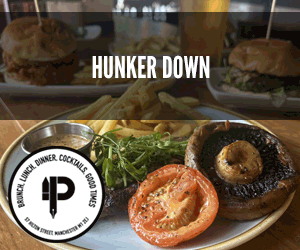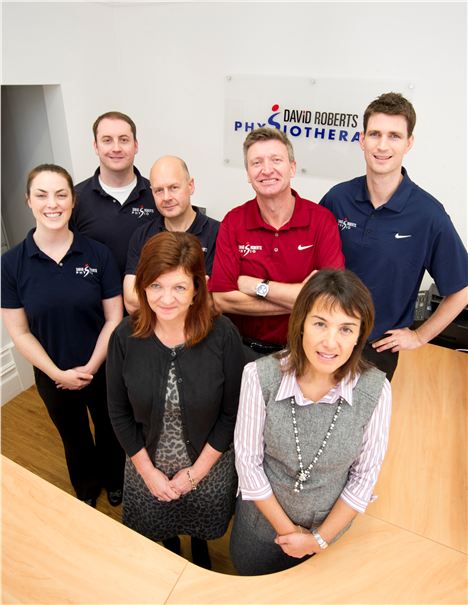David Roberts, physiotherapist for Sir Ian Botham, Freddie Flintoff and Lawrence Dallaglio, with six clinics around the North West, shares his tips for a pain-free BUPA Great Manchester Run, or any other run for that matter...
Stretch on the start-line
Before the run, begin by warming up and gently stretching for 5-10 minutes, focusing on lower leg muscles. Amateur runners should start with short distances, increasing distance over time to help prevent injury. All runners should begin every workout slowly, as this allows the body to warm up further and decreases the chance of muscle strain. Runners should also focus on keeping both the feet and entire body relaxed, avoid tensing or cramping toes, and run at a pace feels the most natural.
Avoiding pulling a muscle
Whether it be hamstring, quads, calves or any other muscle, muscle strains may occur from not being flexible and/or over exerting specific muscles. Strains may occur because you haven't stretched or warmed up adequately. To prevent hamstring pulls for example, place one foot up on a chair, straighten your knee and lean forwards at the hip. Hold for 20-30 seconds. For acute injuries, ice and anti-inflammatory medication can be helpful but always seek the advice of a qualified physio or sports practitioner.
 Dave Roberts With Freddie Flintoff
Dave Roberts With Freddie Flintoff
Preventing ankle sprains
Ankle sprains can occur because runners don't always watch where they are going. When running around the city centre pay attention to where you are running and make sure you run on level ground or grass where there is less chance of encountering potholes.
Massage away aches and pains
A sports massage before or after the race can help speed up muscle recovery, relax tight muscles and help prevent overuse injuries. View this as an essential part of your preparation/ recovery, rather than a treat.
Preparing your mind
Ahead of running 10k it’s important to condition your mind as well as your body. Think positively, visualise the finish line and try and keep the momentum up. Focus on the success of completing each training session and how each one is a step closer to the main achievement of completing the race.
Your kit
Make sure you wear properly fitted trainers from a reputable sports shop, where you can have your feet measured on a machine. Wear two pairs of climacool socks to reduce blisters. Buy lightweight breathable running clothing to limit sweating and to stop your body from overheating.
Drink plenty of fluid
Make sure you hydrate yourself before, during and after the race. If you are not adequately hydrated cramping can occur and can increase your risk of injury.
Fuel your body
A healthy diet and good nutrition is essential to get the best out of your body on the big day. Make sure you eat plenty of carbohydrates before and after the race which will give you energy and help you recover quickly.
Walking around after the race
This may be the last thing you want to do, but it gradually cools you down and flushes any bi products of exercise such as lactic acid, out of your system. This means you will recover faster in the days following the race.
Cool down at the finish line
After reaching the end of the race, cool down and stretch for about 10 minutes. Submerging the lower extremities in an ice bath for 5-7 minutes after the run will reduce muscle soreness.
David Roberts Physiotherapy has six clinics across the North West, with specialist physiotherapists, massage therapists, strength and conditioning coaches, pilates experts, personal trainers and acupuncturists. Visit davidrobertsphysio.co.uk












